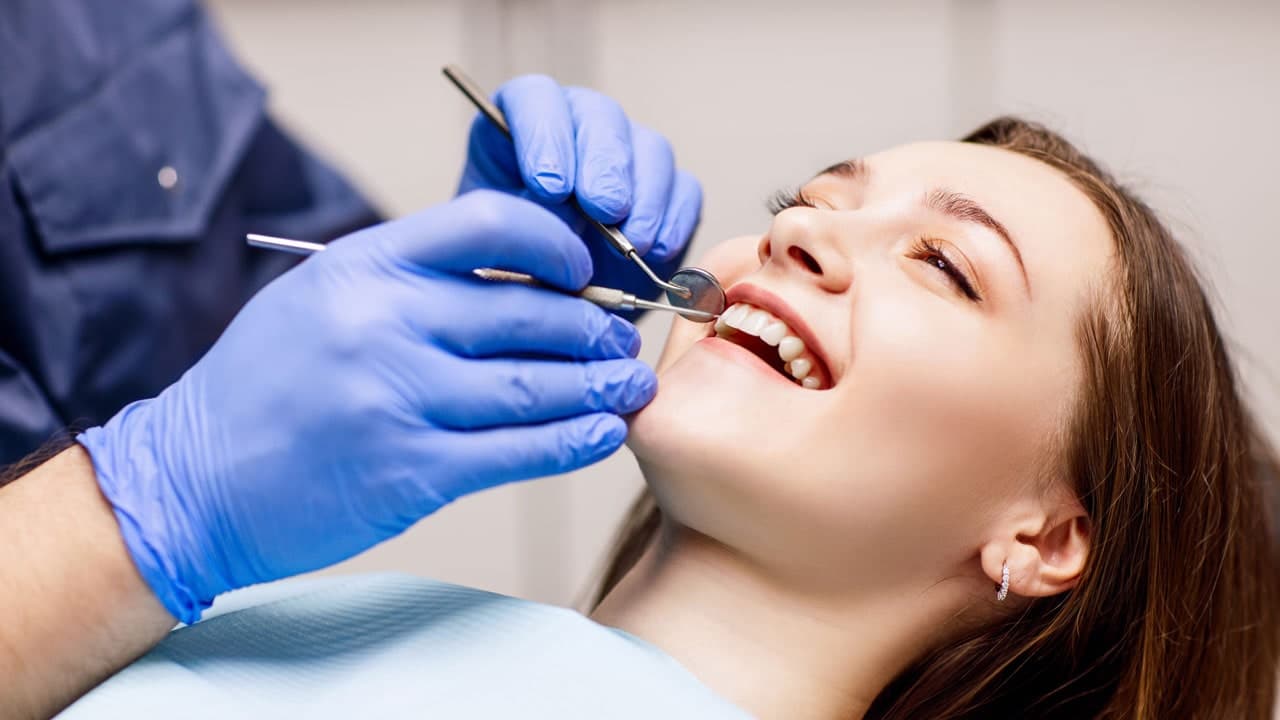
Restoration bonding is where a dentist applies a tooth-colored composite plastic (resin) to repair a tooth. People with fractured, decayed, discolored, or chipped teeth opt for this intervention. Bonding can be done in one visit unlike veneers, which are made in a lab. To achieve the right fit, you need a customized veneer mold. In bonding, the material bonds to the tooth, hence the name of the procedure.
What is Restoration Bonding Used For?
Bonding is among the most affordable and easiest cosmetic dental procedures. Dentists shape and polish the composite resin used to match the color of the surrounding teeth. Bonding is also used to change the color or shape of teeth or to close spaces between them.
Bonding can protect part of the tooth’s root, which becomes exposed to age. This happens because our gum lines recede as we get older.
Does Bonding Require Preparation?
No. Usually, anesthesia is not necessary unless your dentist is using bonding to fill a decayed tooth. You may have undergone a cosmetic bonding procedure without even being aware of it. Adhesive bonding is the most common type of bonding. It is used to attach a crown, a dental bridge, or a porcelain veneer to correct various dental issues.
The resin color is chosen based on your natural tooth color. Your dentist will show you a shade guide and you’ll make the decision together.
The Latest Bonding Trends
Dental adhesive systems applied in bonding have come a long way. They have undergone changes to reflect those in mechanisms, chemistry, and the number of bottles. These changes also reflect greater clinical effectiveness and improved application technique. There is a tendency to minimize the clinical placement steps and the number of bonding components used.
The latest-generation material is iBOND, a one-bottle dental adhesive system. It combines adhesive, etchant, and desensitizer all in one. College Drive Dental Associates uses state-of-the-art bonding materials and technology to fix chipped, broken, or discolored teeth. The bonding procedure involves shaping a mold that attaches with basic adhesive to your enamel. Once set, it hardens and blends with the surrounding teeth seamlessly. It also looks completely natural.
Getting Restoration Bonding: Other Things to Know
Before you sign up for this procedure, you need to answer a few questions. The most important one is who your treatment provider is going to be. Contact a general dentist at College Drive Dental Associates to see if they can perform your procedure of choice. General dentists can also provide whitening services. For more specialized services, one of our cosmetic dentists would be a better fit.
How much will bonding cost? Your dental insurance might cover it if it also serves a restorative function, like repairing a chipped tooth. Dental insurance does not cover elective cosmetic procedures in some cases. To find out what’s covered, read your insurance policy carefully or contact your dental insurance provider.
What does the procedure involve? Before getting treatment, you will need to call your dentist and make an appointment or schedule a consultation. You will talk about the procedure, recovery time, and whether anesthesia will or won’t be used. Common procedures like restorative bonding and teeth whitening require a very brief recovery period. Sometimes, none at all is required.
Some form of sedation might be necessary for some treatments, such as a root canal or implants. Discuss any allergies to anesthesia or medication you have with your dentist. To learn more about restoration bonding, contact College Drive Dental Associates today!